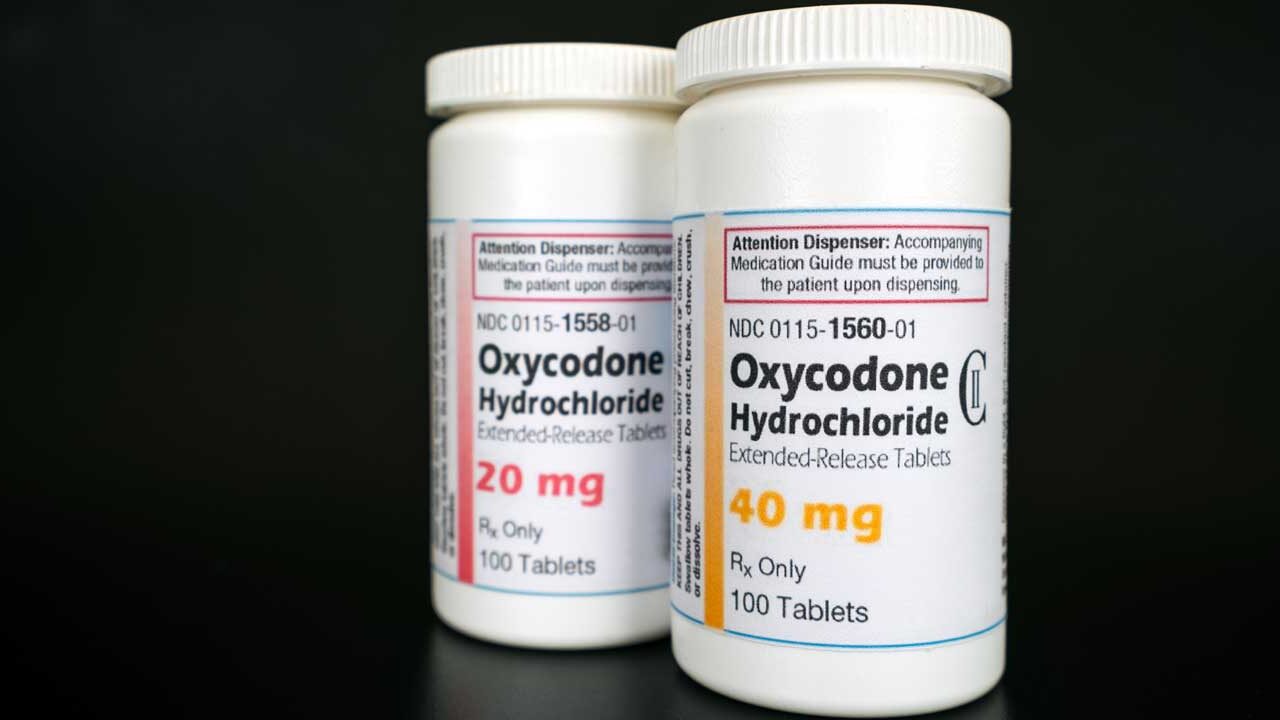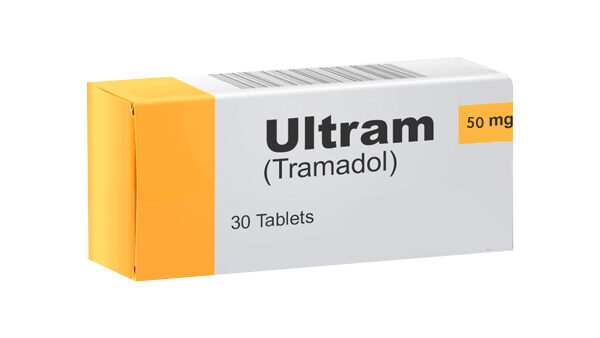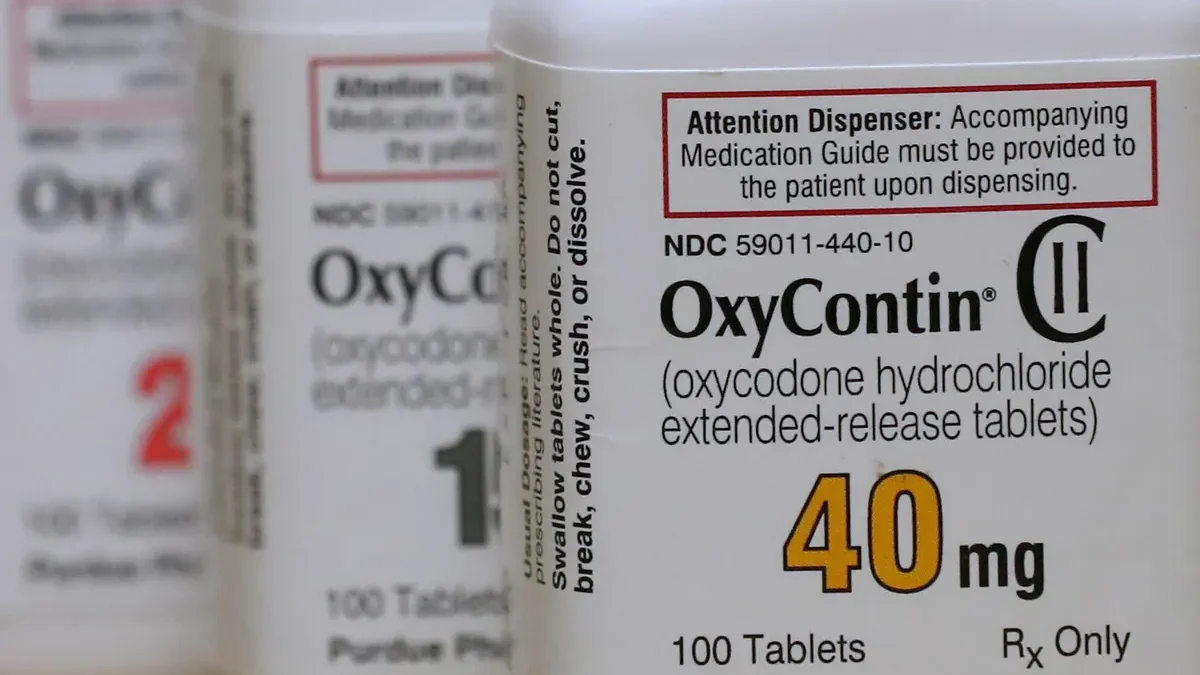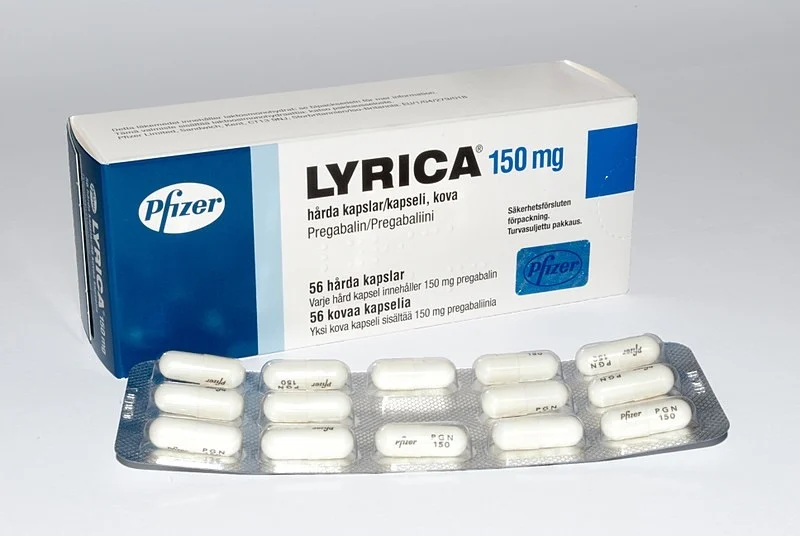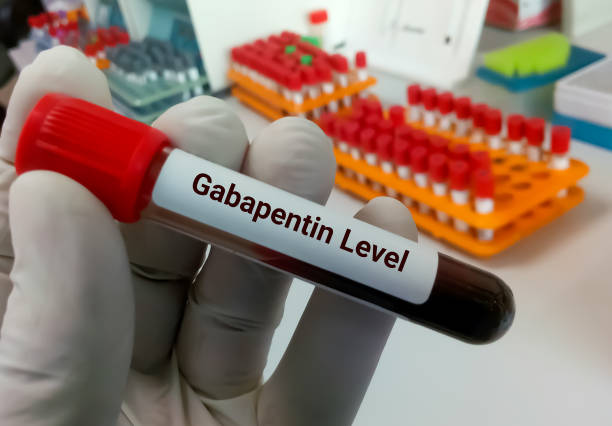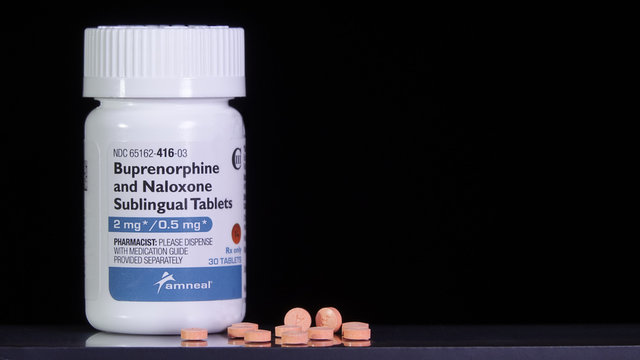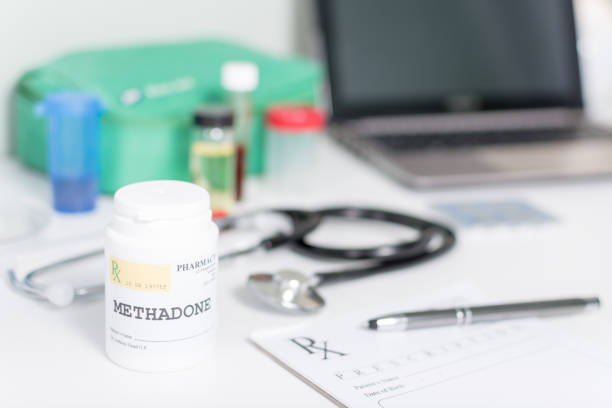Are you suffering discomfort or pain in your knees that makes it difficult to move? Knee pain can be a major inconvenience, but there are drugs available to assist relieve your agony and get you back on your feet. In this post, we’ll look at several popular drugs used to treat knee pain, how they work, and what you should know before using them.
Over-the-counter pain relievers
These are medications that you can purchase without your doctor’s prescription. They are frequently the first line of defense for mild to severe knee pain. Acetaminophen (Tylenol), ibuprofen (Advil, Motrin IB), and naproxen (Aleve) are among examples. These medications operate by lowering inflammation and inhibiting pain signals in the brain. Remember to follow the label’s dosing directions and check your doctor if you have any underlying health issues or are taking any other medications.
Topical pain relievers
Topical pain relievers are lotions, gels, or patches applied directly to the painful location. They usually include substances like menthol, capsaicin, or lidocaine, which can numb the pain and reduce inflammation. Topical pain remedies can be a useful alternative if you want to avoid oral medications or if you have stomach problems that make ingesting tablets difficult.
Prescription Drugs
Your doctor may recommend more potent drugs if your knee pain is severe or not better with over-the-counter remedies.
These may consist of:
Non-steroidal anti-inflammatory drugs or NSA-IDs
Prescription-level potency NSA-IDs that lower inflammation and give stronger pain relief include diclofenac (Voltaren) and celecoxib (Celebrex). They might, however, potentially carry a higher risk of adverse consequences, particularly to the kidneys and stomach.
Opioids:
For short-term pain relief, doctors may occasionally prescribe opioid drugs like tramadol (Ultram) or oxycodone (Oxycontin). Opioids are often saved for severe cases that have not improved with other therapies since they have the potential to cause addiction and other dangerous adverse effects.
Corticosteroids
These are potent anti-inflammatory drugs that can be injected directly into the knee joint to minimize swelling and discomfort. They are frequently used to treat ailments such as arthritis and bursitis, although they may not be appropriate for everyone.
Supplements and Alternative Therapies
Supplements such as glucosamine and chondroitin can alleviate knee discomfort and promote joint health. However, the scientific evidence for their efficiency is inconsistent, so consult your doctor before using them. Alternative therapies such as acupuncture, physical therapy, and yoga may also help some people improve their flexibility and lessen discomfort.
Precaution
Before taking any new medicine for knee pain alleviation, talk with your doctor. They can assist you in determining the underlying cause of your knee discomfort and recommending the most effective treatment approach for your particular case. Also, notify your doctor about any other drugs or supplements you are taking to minimize any interactions or side effects.
Conclusion
In conclusion, while knee pain can be a tough condition to cope with, there are several drugs available to assist relieve your suffering and enhance your quality of life. Working together with your doctor and investigating various treatment options can help you find relief and get back to doing the things you like without being limited by knee pain.
Frequently Asked Questions
What is the best pain relief for bad knees?
The best pain relief for bad knees can include over-the-counter medications like ibuprofen or acetaminophen.
How do you fix knee pain ASAP?
To fix knee pain ASAP, rest the knee, apply ice, and elevate the leg, while avoiding activities that worsen the pain.
What can be done for knee pain without surgery?
For knee pain without surgery, options include physical therapy, corticosteroid injections, and lifestyle changes like weight management and low-impact exercise.
What is the new device that relieves knee pain?
One new device for knee pain relief is the “Quell Wearable Pain Relief Technology,” worn on the calf, which blocks pain signals using neurostimulation.

